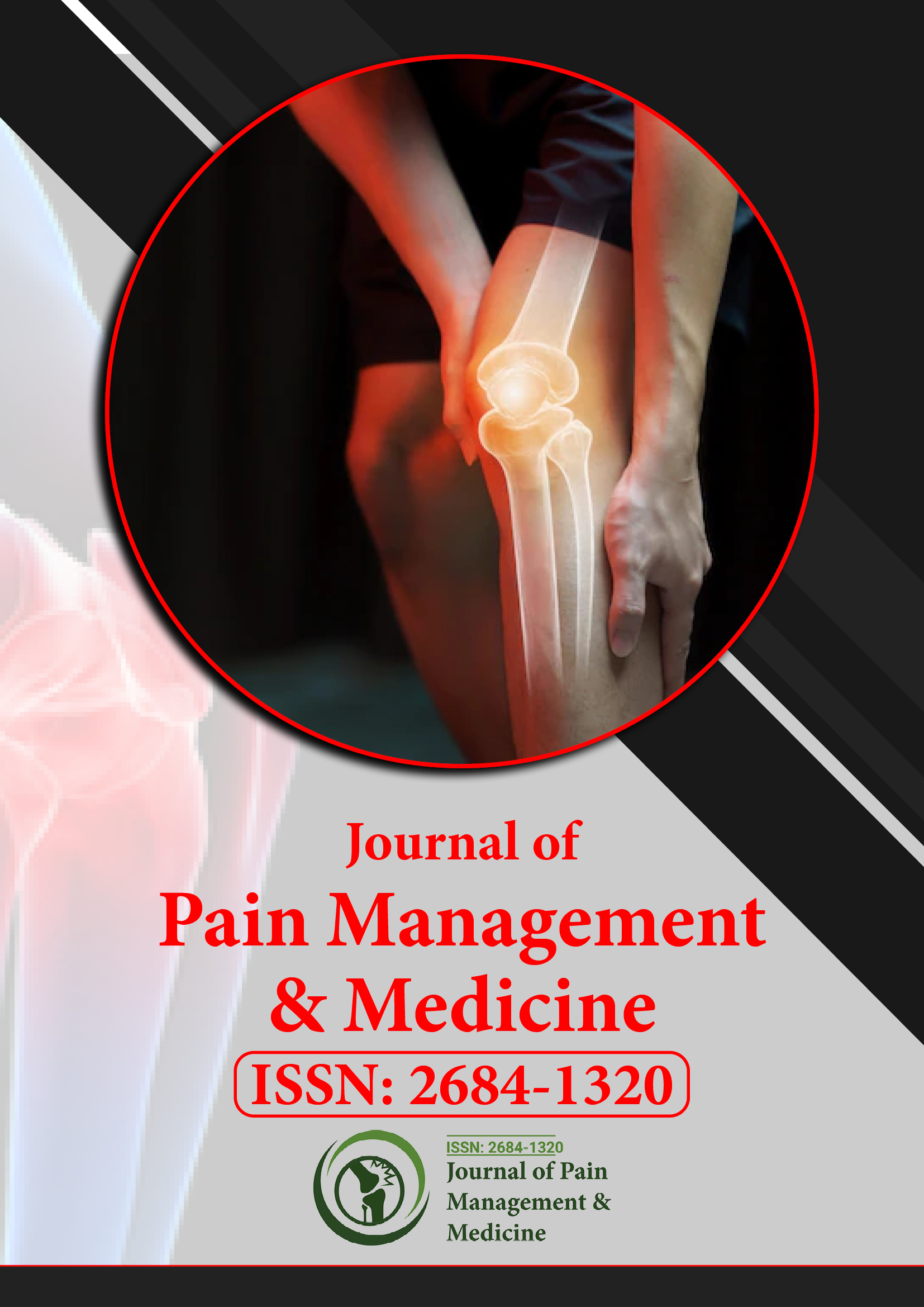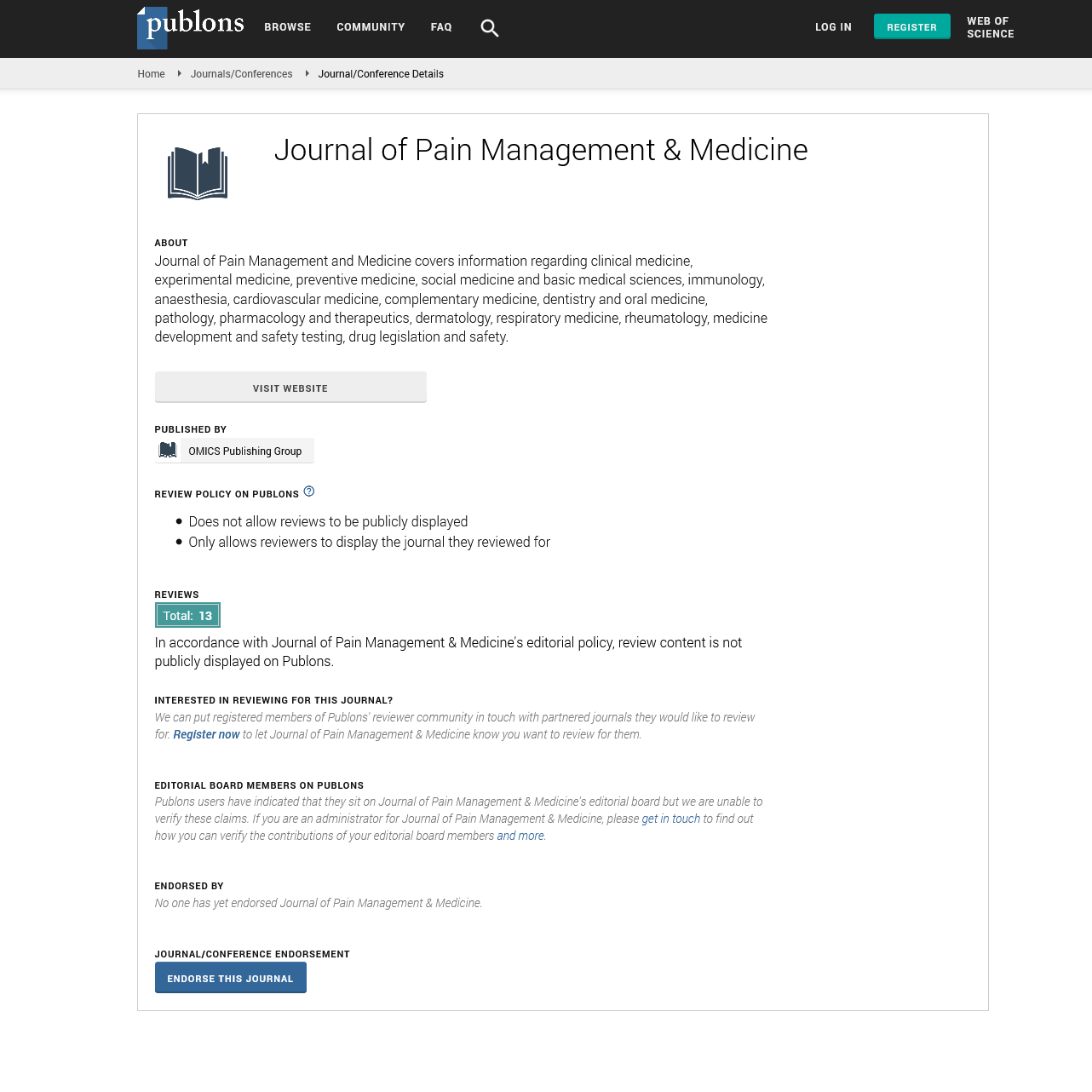Indexed In
- RefSeek
- Hamdard University
- EBSCO A-Z
- Publons
- Euro Pub
- Google Scholar
- Quality Open Access Market
Useful Links
Share This Page
Journal Flyer

Open Access Journals
- Agri and Aquaculture
- Biochemistry
- Bioinformatics & Systems Biology
- Business & Management
- Chemistry
- Clinical Sciences
- Engineering
- Food & Nutrition
- General Science
- Genetics & Molecular Biology
- Immunology & Microbiology
- Medical Sciences
- Neuroscience & Psychology
- Nursing & Health Care
- Pharmaceutical Sciences
Opinion Article - (2024) Volume 10, Issue 6
Advances and Specializations in Orthopedic Medicine
Nakagawa Arata*Received: 28-Oct-2024, Manuscript No. JPMME-24-27635; Editor assigned: 30-Oct-2024, Pre QC No. JPMME-24-27635 (PQ); Reviewed: 13-Nov-2024, QC No. JPMME-24-27635; Revised: 20-Nov-2024, Manuscript No. JPMME-24-27635 (R); Published: 29-Nov-2024, DOI: 10.35248/2684-1320.24.10.300
Description
Orthopedics is a medical specialty dedicated to diagnosing, treating, preventing and rehabilitating disorders and injuries of the musculoskeletal system. This complex system, composed of bones, joints, muscles, ligaments, tendons and nerves, it is essential for movement, stability and overall physical function. Orthopedic care encompasses a wide range of conditions, from fractures and sports injuries to chronic conditions such as arthritis and spinal deformities. With advancements in technology, surgical technique and rehabilitative care, orthopedics continues to transform lives, restoring mobility and improving quality of life.
Specialization of orthopedics
Orthopedics includes an extensive range of medical disorders and treatments. It can be broadly divided into the following categories.
Trauma and fractures: Orthopedists manage acute injuries such as broken bones, dislocations and ligament tears. These injuries are frequently requiring specific interventions to ensure proper healing and restoration of function.
Sports medicine: Focused on athletes and physically active individuals, sports medicine addresses injuries such as ACL tears, rotator cuff injuries and tennis elbow. It emphasizes prevention, treatment and rehabilitation.
Joint reconstruction and replacement: Conditions includes osteoarthritis and rheumatoid arthritis can severely damage joints, necessitating procedures such as hip or knee replacements. These surgeries restore mobility and reduce pain.
Spine disorders: Orthopedists treat conditions such as scoliosis, herniated discs and spinal stenosis, commonly employing surgical and non-surgical methods to relieve pain and improve function.
Pediatric orthopedics: This subfield focuses on congenital and developmental conditions, including clubfoot, Developmental Dysplasia of the Hip (DDH) and limb length discrepancies.
Oncology: Orthopedic oncologists specialize in diagnosing and treating bone tumors and cancers affecting the musculoskeletal system.
Hand and upper extremity: Specialized care for injuries and conditions of the hand, wrist and shoulder, such as carpal tunnel syndrome and rotator cuff tears, falls within this domain
Foot and ankle disorders: Orthopedists treat difficulties such as plantar fasciitis, bunions and Achilles tendon injuries, which can significantly impact mobility.
Common orthopedic conditions
Orthopedic care addresses a wide array of conditions, including.
Fractures: Bone fractures, caused by trauma or stress, are among the most common orthopedic injuries. Treatment ranges from casting to surgical fixation with plates and screws.
Arthritis: Osteoarthritis, the "wear-and-tear" form of arthritis and rheumatoid arthritis, an autoimmune condition, cause joint pain, stiffness and deformity.
Back pain: Conditions including herniated discs, sciatica and spinal stenosis are leading causes of disability, frequently requiring specialized care.
Sports injuries: Ligament tears (e.g., ACL), meniscus injuries and tendonitis are prevalent among athletes and physically active individuals.
Bone and joint infections: Infections such as osteomyelitis and septic arthritis can lead to serious complications.
Congenital deformities: Conditions such as clubfoot and scoliosis are addressed through a combination of bracing, physical therapy and surgical interventions.
Treatment techniques in orthopedics
Orthopedic treatment is frequently multidisciplinary methods combining medical, physical and surgical interventions to optimize outcomes. Pain relievers, anti-inflammatory drugs and disease-modifying agents for conditions include arthritis. Exercise and manual therapy can help patients improve strength, flexibility and function. Devices to support joints reduce abnormalities or alleviate pain. A surgical procedure for diagnosing and treating joint disorders that requires generating tiny wounds and utilizing an imaging device. Corticosteroid or hyaluronic acid injections can reduce pain and inflammation. For stabilizing broke bones, use plates, screws or rods. Replacing damaged joints with prosthetic implants. Spinal fusion or disc replacement procedures used to treat chronic back pain and abnormalities. Post-treatment rehabilitation is essential for restoring function and ensuring long-term success.
Citation: Arata N (2024). Advances and Specializations in Orthopedic Medicine. J Pain Manage Med.10:300.
Copyright: © 2024 Arata N. This is an open access article distributed under the terms of the Creative Commons Attribution License, which permits unrestricted use, distribution and reproduction in any medium, provided the original author and source are credited.

